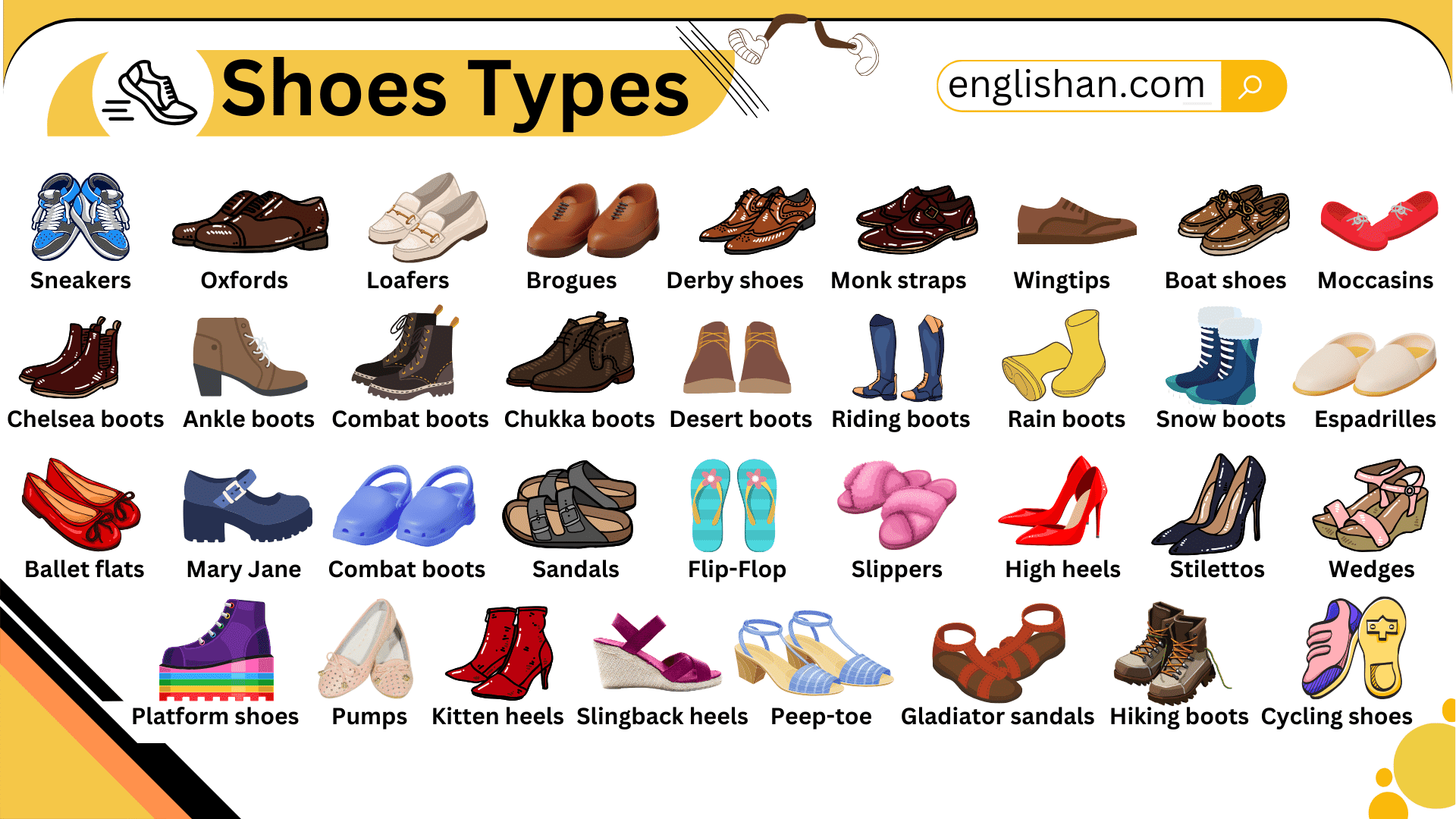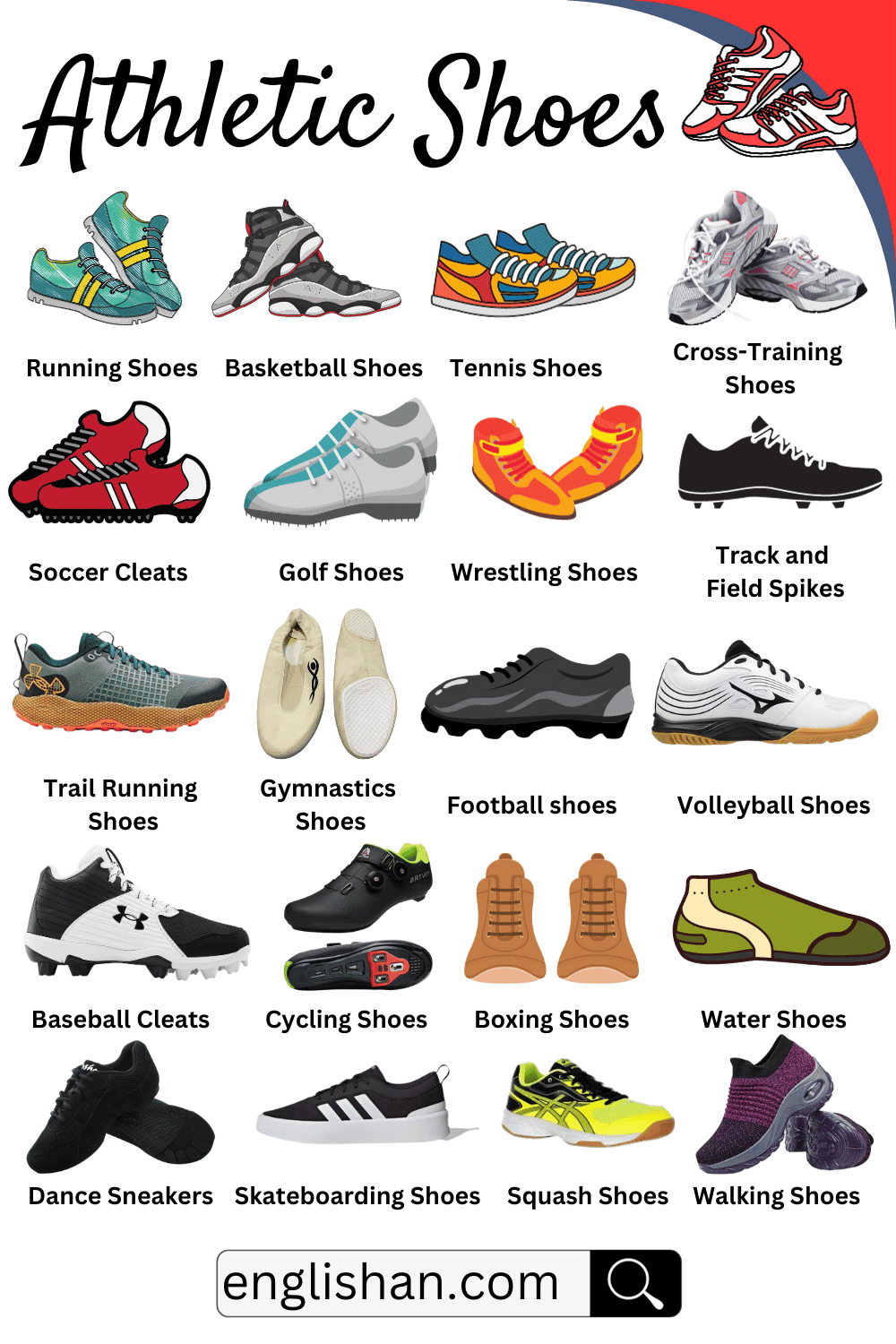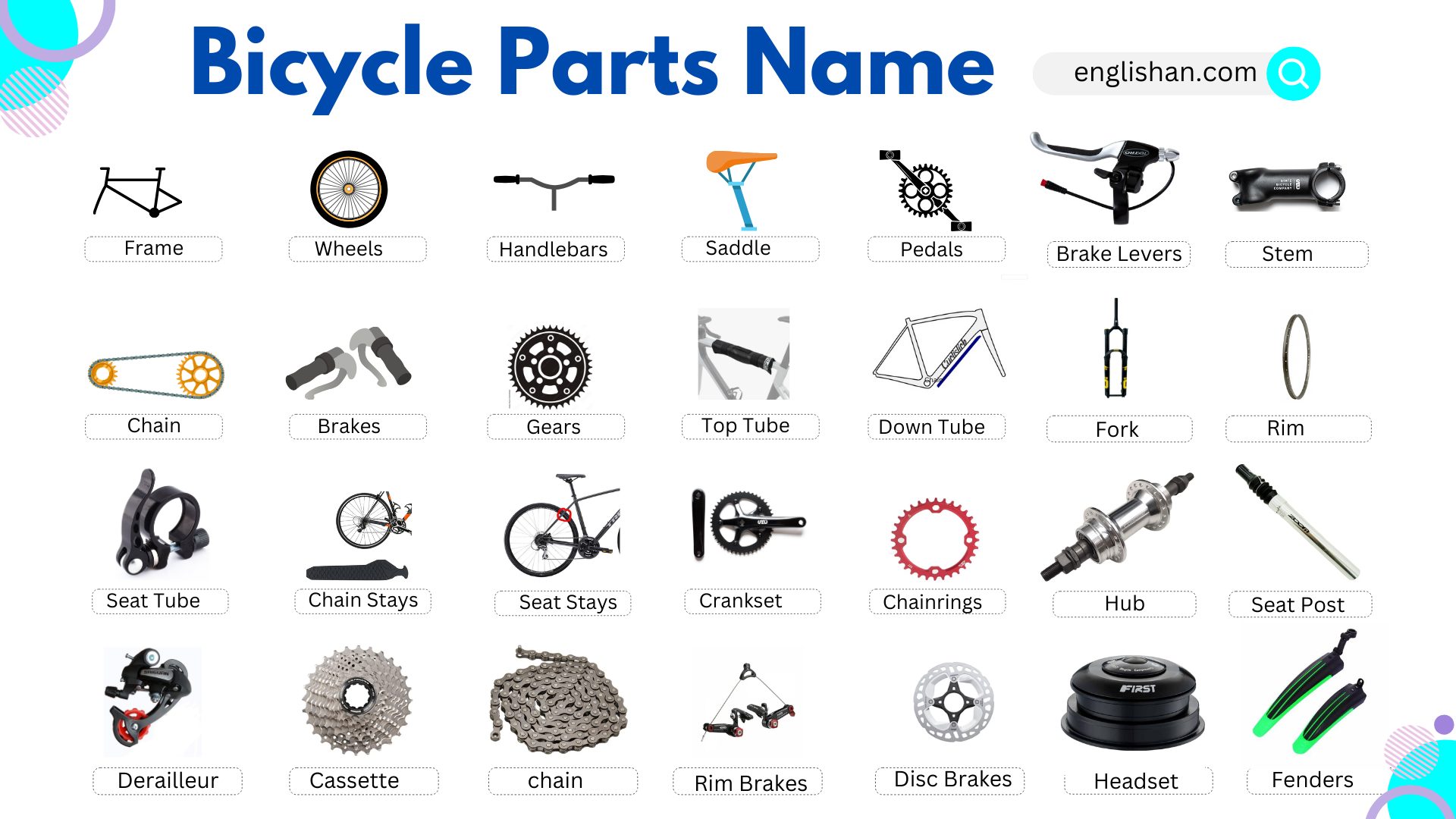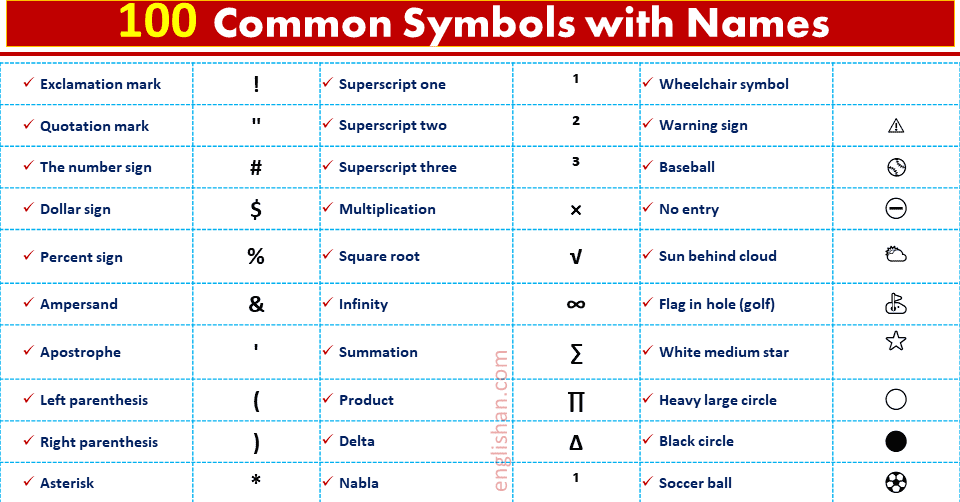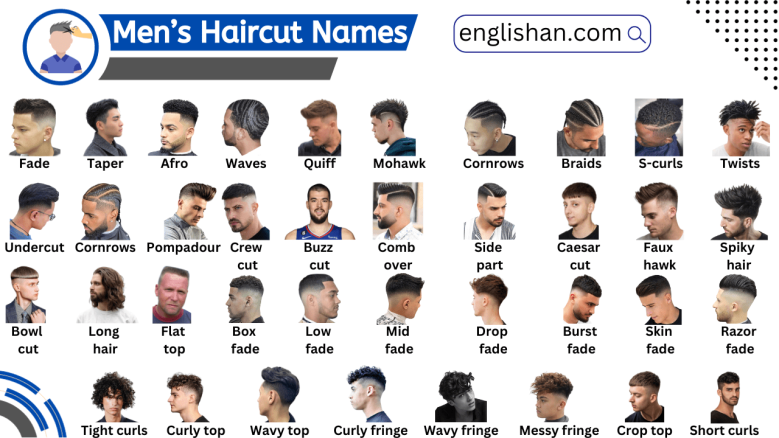Contents
Shoes are things we wear on our feet. There are many Different Types of Shoes for different things we do. Some shoes are for running, some are for parties, and some are just for walking around.
The Types of Shoes can be simple or fancy. We have sporty shoes like sneakers for playing and running. We also have pretty shoes like high heels for special events. Then, there are boots for cold days and sandals for hot days.
When we learn about Shoes Names, we know what to call each shoe. It’s like learning the names of fruits or animals. Each shoe has its own name.
So, shoes are not just shoes. They have special names and types. The more we know about the Different Types of Shoes, the easier it is to pick the right one for what we want to do.
Different Types of Shoes
There are many shoe types. Here’s a simple list:
- Formal Shoes: Shoes for special events or work.
- Casual Shoes: Everyday shoes for walking or hanging out.
- Athletic Shoes: Shoes for sports or exercise.
- Boots: Tall shoes, sometimes for cold or rainy weather.
- Heels: Shoes that make you taller. Often worn to parties.
- Sandals & Flip-flops: Open shoes for warm days.
Formal Shoes
- Oxfords (Balmorals): Classic lace-up shoes with a closed lacing system, often seen in business settings.
- Derbies (Bluchers): Similar to Oxfords but with an open lacing system, offering a slightly more relaxed look.
- Monk Straps: Shoes that use a buckle and strap instead of laces. They can be single or double strapped.
- Loafers: Slip-on shoes without laces. They come in various styles like penny loafers and tassel loafers.
- Brogues: Shoes with decorative perforations (or “broguing”) on the leather. They can be full brogues, semi-brogues, or quarter brogues based on the extent of the detailing.
- Cap Toes: Shoes characterized by a horizontal line of stitching across the toe, adding a touch of style to the design.
- Wholecuts: Made from a single piece of leather, these shoes offer a sleek and minimalist appearance.
- Chelsea Boots: Ankle-high boots with an elastic side panel, suitable for both formal and semi-formal occasions.
- Chukka Boots: Ankle-high boots with open lacing, typically having two or three pairs of eyelets.
- Dress Boots: A higher version of regular dress shoes, suitable for formal events in colder climates.
- Opera Pumps: Traditional formal slip-ons made of patent leather, often adorned with a grosgrain bow.
Casual Shoes
- Sneakers: Everyday shoes that are comfortable and versatile. They come in various styles and colors.
- Loafers: Slip-on shoes without laces. They can be both dressy and laid-back.
- Moccasins: Soft shoes often made of leather or suede, with a flexible sole.
- Espadrilles: Light shoes with a cloth upper and a sole made of rope or rubber.
- Boat Shoes: Leather or canvas shoes with a rubber sole, originally designed for use on a boat.
- Slip-Ons: Shoes without laces that you can easily slide your foot into.
- Sandals: Open shoes with straps. They’re perfect for warm weather.
- Flip-flops: A type of sandal with a Y-shaped strap. Great for the beach or pool.
- Clogs: Shoes with a thick sole, often made of wood. They have an open back.
- Mules: Similar to clogs but can be more dressy. They have a closed or open toe.
- Ballet Flats: Flat shoes inspired by ballet dancers. They’re feminine and can be worn with many outfits.
- Mary Janes: Shoes with a strap across the top of the foot. They can be flat or have a small heel.
- Desert Boots: Ankle-high boots, usually made of suede, with a simple lace-up front.
Athletic Shoe Types
For sports, we have special shoes. Here are some:
- Running Shoes: Specifically designed for jogging or running, they offer cushioning to absorb shock and are typically lightweight to enhance speed.
- Cross Trainers: Versatile athletic shoes suitable for a mix of activities, from gym workouts to light sports. They provide a balance of support and cushioning.
- Basketball Shoes: These are high-topped to provide extra ankle support. They offer a good grip on basketball courts and are cushioned to absorb jumps and landings.
- Tennis Shoes: Made for the tennis court, they provide excellent lateral support, allowing for quick side-to-side movements. The soles are designed to grip hard courts without marking them.
- Soccer Cleats: Designed for grassy soccer fields, they have studs or cleats on the bottom for traction. They’re lightweight for agility and offer a snug fit for ball control.
- Baseball Cleats: Similar to soccer cleats but tailored for the diamond, they offer the grip needed for running bases and fielding.
- Golf Shoes: These come with spikes or molded grips on the soles to provide stability during swings and traction on the greens.
- Wrestling Shoes: High-topped and lightweight, they offer ankle support and grip on the mat, essential for quick movements and holds.
- Track Spikes: For track and field events, these shoes are lightweight with spikes on the bottom for grip during races.
- Cycling Shoes: Tailored for biking, they offer a snug fit and have a stiff sole to transfer power to the pedals efficiently.
- Hiking Shoes: A blend of athletic and outdoor shoes, they offer support, cushioning, and traction for rough terrains.
- Trail Running Shoes: Similar to running shoes but with a rugged sole for grip on uneven terrains.
- Dance Sneakers: Designed for dance routines, they offer flexibility, cushioning, and support for movements and turns.
- Gymnastics Shoes: Lightweight and flexible, they provide the grip and support needed for gymnastic routines.
- Boxing Shoes: High-topped for ankle support, they offer grip and are lightweight for quick footwork in the ring.
Types of Boots
Boots come in different styles. Here are a few:
- Ankle Boots: Short boots that stop at the ankle.
- Chelsea Boots: Slip-on boots with elastic sides.
- Combat Boots: Rugged boots often associated with military wear.
- Cowboy Boots: Tall boots with a distinct curved design and pointed toes.
- Hiking Boots: Designed for outdoor trails and rough terrains.
- Work Boots: Durable boots made for safety in work environments, often with steel toes.
- Riding Boots: Tall, streamlined boots designed for horse riding.
- Motorcycle Boots: Sturdy boots made for motorcycle riders, offering protection.
- Rain Boots: Waterproof boots made for wet conditions, often made of rubber.
- Snow Boots: Insulated boots designed to keep feet warm in snowy and icy conditions.
- Chukka Boots: Ankle-high leather boots with suede or leather uppers, open lacing, and two or three pairs of eyelets.
- Thigh-high Boots: Boots that extend above the knee, often made of leather or suede.
- Wedge Boots: Boots with a wedge heel, offering height and comfort.
- Platform Boots: Boots with thick soles and heels.
- Desert Boots: Typically ankle-high, with a suede or leather upper and crepe rubber sole.
Types of Heels Shoes
Heels are mostly worn by women. Here are some kinds:
- Stiletto Heels: These are the tallest and thinnest heels, often reaching heights of 8 inches or more. They’re considered the most stylish but can be challenging to walk in due to their height.
- Wedge Heels: Instead of traditional, separate heels, wedges run under the shoe, giving a more surface area and are considered more comfortable than traditional high heels.
- Block Heels: These have a thicker base, which gives more surface area than stilettos. They offer more stability and are a popular choice for those who prioritize comfort along with style.
- Kitten Heels: A modest heel, usually from 1.5 inches to 2 inches high. They offer a bit of lift for those who prefer comfort along with elegance.
- Platform Heels: These heels have a thick sole along with a heel. The thick sole makes the heel height easier to manage, as the height difference between the front and back of the foot is reduced.
- Cone Heels: Wider at the sole and narrower at the base, these heels have a shape similar to an ice cream cone.
- Sling Back Heels: Characterized by a strap that goes around the back of the heel, rather than enclosing the foot.
- Ankle Strap Heels: These have a strap that goes around the ankle, securing the shoe in place.
- Spool Heels: These heels are broad in the middle, narrow at the very bottom, and then slightly wider at the base.
- French Heels: Also known as Louis or Pompadour heels, they have a curve and then a definite abrupt drop.
- Peep Toe Heels: These heels have a small opening at the front, allowing the first two or three toes to peek out.
- Mules: Backless shoes that can have any heel type, from flat to high.
- Comma Heels: As the name suggests, these heels have a shape similar to a comma.
- Fantasy Heels: Often found in runway shows, these heels can be of any shape and are often considered more art than footwear.
Orthopedic Shoes Names
- Diabetic Shoes: Made for people with diabetes to keep feet safe.
- Arch Support Shoes: For people with flat feet or very high arches.
- Heel Spurs Shoes: For people with painful heels.
- Post-op Shoes: Shoes worn after foot surgery.
- Orthopedic Sandals: Comfy sandals that are good for your feet.
- Walking Boots: Strong boots for ankle and foot support.
- Orthopedic Slippers: Soft indoor shoes that are good for your feet.
- Orthopedic Athletic Shoes: Sporty shoes that don’t hurt your feet.
- Orthopedic Dress Shoes: Fancy shoes that are comfy.
- Bunion Relief Shoes: Shoes that make space for bunions.
- Plantar Fasciitis Shoes: Shoes to help with heel pain.
- Depth Shoes: Shoes with extra room for special foot pads.
- Orthopedic Work Boots: Strong shoes for people who stand a lot at work.
- Pediatric Orthopedic Shoes: Good shoes for kids with foot problems.
- Wide Width Shoes: Shoes for people with wide feet or swollen feet.
List of All Types of Shoes
- Loafers
- Moccasins
- Ballet Flats
- Espadrilles
- Oxfords
- Brogues
- Derbies
- Monk Straps
- Ankle Boots
- Chelsea Boots
- Combat Boots
- Cowboy Boots
- Hiking Boots
- Chukka Boots
- Jodhpur Boots
- Wellington Boots
- Sneakers/Trainers
- Running Shoes
- Cross Trainers
- Basketball Shoes
- Tennis Shoes
- Soccer Cleats/Football Boots
- Golf Shoes
- Cycling Shoes
- Wrestling Shoes
- Sandals
- Flip-flops/Thongs
- Gladiator Sandals
- Clogs
- Mules
- Wedges
- Stilettos
- Platform Heels
- Block Heels
- Kitten Heels
- Cone Heels
- Slingbacks
- Pumps/Court Shoes
- Peep-toe Heels
- Mary Janes
- D’Orsay Pumps
- T-strap Heels
- Boat Shoes
- Mukluks
- Sabots
- Slippers
- Mojari/Khussa
- Tap Shoes
- Ballet Shoes
- Jazz Shoes
- Pointe Shoes
- Ghillies
- Avarcas
- Espardenyes
- Peshawari Chappals
- Kolhapuri Chappals
- Tabi Boots
- Getas
- Zori
FAQs:
A name for a shoe could be any type or style of shoe. Here are a few examples:
1. Sneaker
2. Boot
3. Sandal
4. Loafer
5. Heel
6. Slipper
7. Running shoe
8. Flip-flop
These are just some common names for different types of shoes.
Footwear can be classified into different categories based on style, purpose, and design. Here’s an easy breakdown:
Here’s a simple and short classification of footwear:
1. By Type:
Boots – High shoes (e.g., hiking boots).
Shoes – Regular shoes (e.g., sneakers, dress shoes).
Sandals – Open-toed shoes (e.g., flip-flops).
Slippers – Soft indoor shoes.
Heels – Shoes with raised backs (e.g., high heels).
2. By Purpose:
Sports – For activities (e.g., running shoes).
Formal – For dressy occasions (e.g., loafers).
Casual – Everyday wear (e.g., sneakers).
3. By Material:
Leather – Durable and classy.
Rubber – Waterproof (e.g., rain boots).
Canvas – Light and breathable.
Casual shoes are often called:
1. Sneakers
2. Loafers
3. Flats
4. Slip-ons
5. Boat shoes
6. Espadrilles
7. Canvas shoes
These are all types of casual footwear, comfortable for everyday wear.
There are many types of shoes, but here are 8 main categories:
1. Sneakers – Comfortable for everyday (e.g., running shoes).
2. Boots – Cover your ankle or higher (e.g., hiking boots).
3. Sandals – Open-toed with straps (e.g., flip-flops).
4. Loafers – Slip-on shoes (e.g., casual loafers).
5. Heels – Shoes with tall backs (e.g., high heels).
6. Flats – Shoes with no heel (e.g., ballet flats).
7. Slippers – Soft shoes for indoors (e.g., house slippers).
8. Dress Shoes – Formal shoes (e.g., oxfords).
Shoe models refer to specific designs or styles of shoes made by brands or manufacturers. They often have unique names or features. Here are some examples:
1. Nike Air Max – Popular sneakers with cushioned soles.
2. Adidas Superstar – Classic sneakers with a shell toe.
3. Converse Chuck Taylor – Famous high-top sneakers.
4. Dr. Martens Boots – Tough boots with yellow stitching.
5. Timberland Boots – Durable boots for outdoor work.
6. Vans Old Skool – Trendy skate shoes with a stripe.
7. Ugg Boots – Warm, soft boots made of sheepskin.
Each model has its own unique look or feature!
You May Also Like
